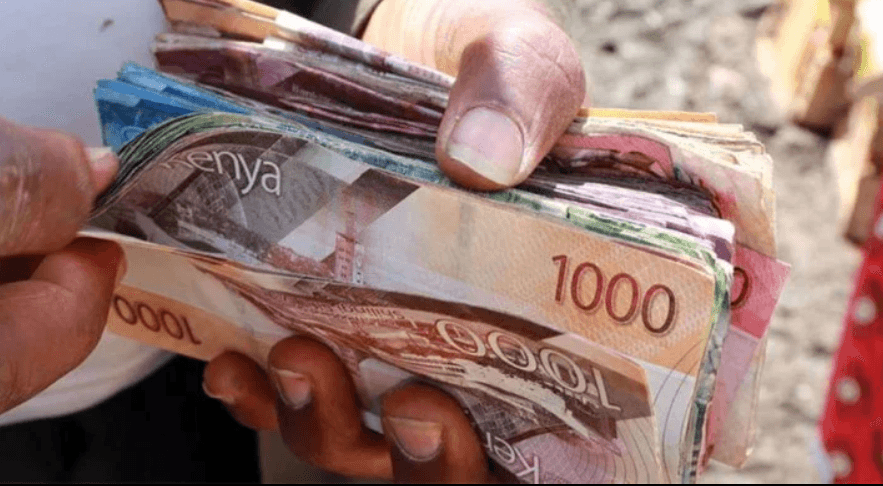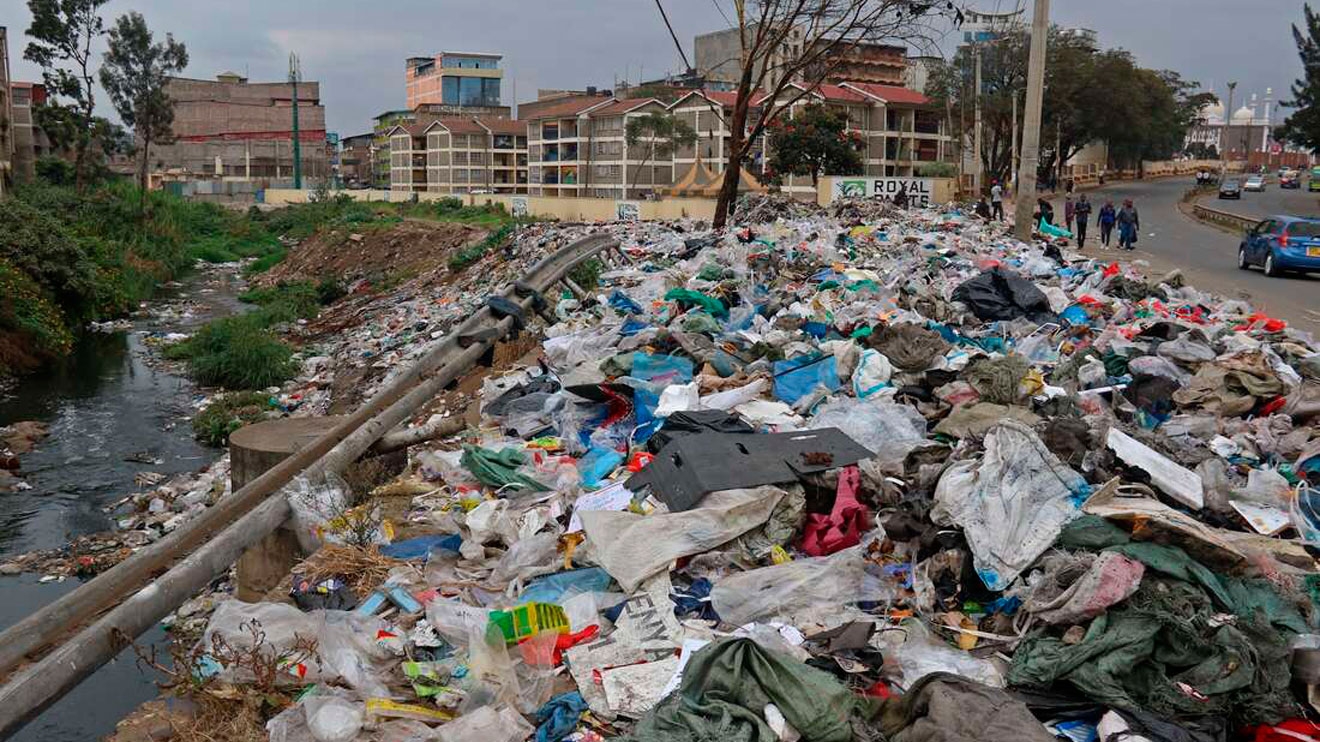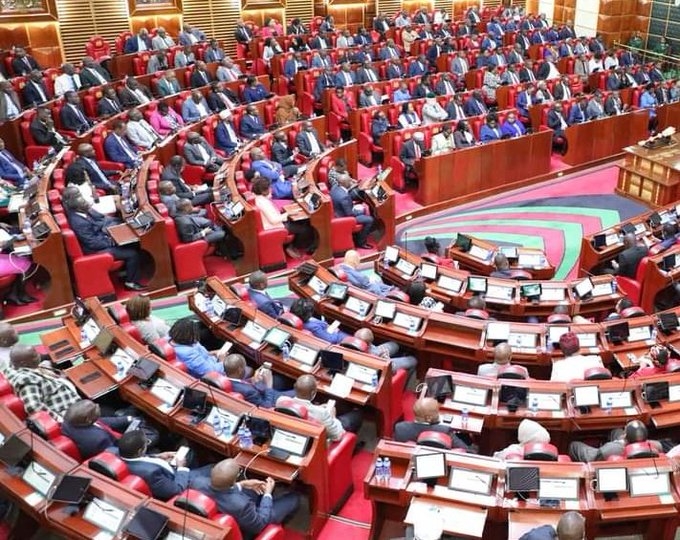Migrant workers are increasingly sending home more money year-on-year, with the economic shifts prompting more people to migrate in search for greener pastures, IMF now says.
The lender’s latest Finance and Development report for the month of September shows global remittances reached a record $647 billion (Sh94.6 trillion) in 2022, three times higher the official development assistance.
“The total remittances worth could even be more than that because many people send money through informal channels not captured by official statistics,” the lender says.
It predicts further growth of the inflows as the growing income gap between richer and poorer nations, demographic pressures, and changes to the economic environment persists.
“This will add to the number of people who migrate in search of economic opportunity. It will in turn fuel the flow of remittances for decades to come.”
Kenyans working and living abroad have been sending home record amounts in the past three years with inflows reaching $4.03 billion (Sh589.7 billion) in 2022.
This was an 8.9 and 30 per cent increase from the record value of $3.7 billion (Sh544.3 billion) and $3.1 billion (Sh453 billion) in 2021 and 2020, respectively.
For the six months period to June this year, Kenyan migrant workers have sent home $2.03 billion (Sh297.7 billion), having been partly fueled by the weakening shilling that has seen those in the diaspora capitalise on.
The rush to take advantage of a strong dollar by Kenyans in the diaspora is therefore boosting the purchasing power of their local beneficiaries amid the slump in the shilling, in turn triggering a remittance boom.
Western Union in its inaugural Global Money Transfer Index had projected that the weakening shilling will be a key driver in boosting inflows.
In recent months, the shilling has depreciated against major currencies trading at an official rate of Sh146.36 against the dollar yesterday.
However in the open market, the Shilling is now trading above Sh150 to the dollar.
Inflation concerns in major economies have also continued to ease, relieving pressure on expenditure by Kenyans abroad.
The Central Bank of Kenya (CBK) in a statement said the strong remittances inflows continue to support the current account and the stability of the exchange rate.
Remittances sent home by migrant workers provide vital income to millions of people in developing economies.
At times of crisis, remittances provide a financial lifeline as migrant workers usually increase the sums they send home in the aftermath of a natural disaster, say, so that stricken relatives can buy food or pay for shelter.
IMF says remittances are often stable even if the source country falls into crisis.
During the early stages of Covid-19, in 2020 for instance, remittances fell by just 1.1 per cent in a year when global income shrank by three per cent.
“Migrant workers played a pivotal role in the economy during the pandemic, both as highly skilled doctors and nurses and as frontline delivery workers,” the lender says in part.
“The closure of money transfer operators during lockdowns disrupted remittance services, but people still sent money home through digital channels. Remittances recovered strongly and grew by almost 20 per cent in 2021–22.”
The United States is the largest source country for remittances.
In the period under review, India was the world’s largest recipient, it became the first country to receive more than $100 billion (Sh14.6 trillion) in annual remittances.

















